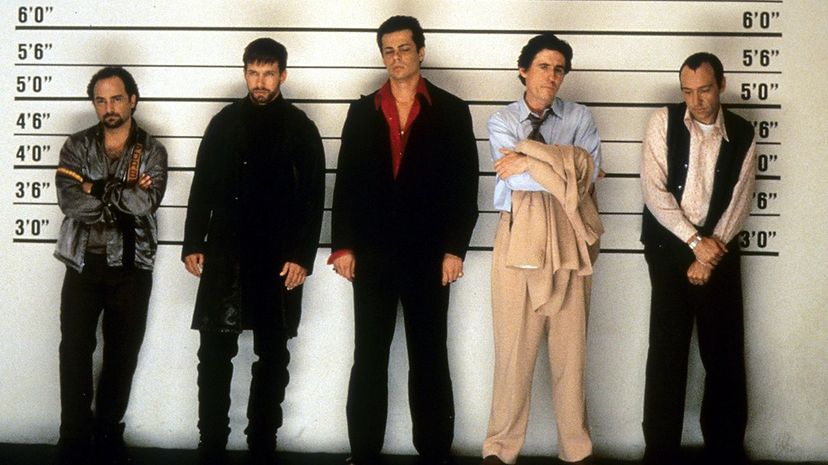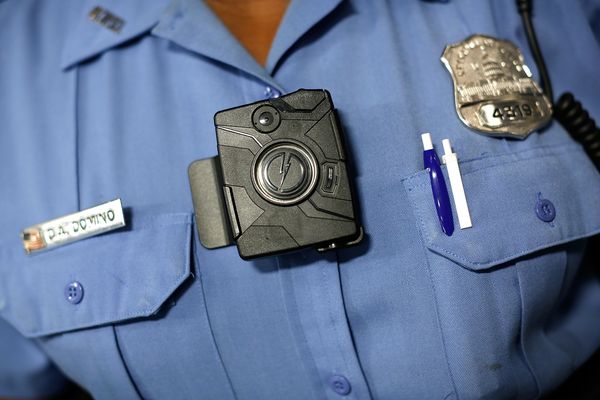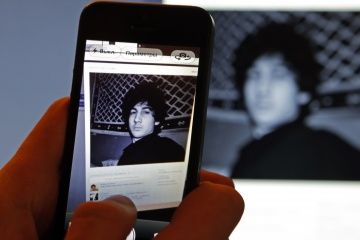
A2016 reportfrom Georgetown Law's Center on Privacy & Technology raised lots of eyebrows. A research team discovered that the faces of half the adults in the United States are in one of a network of police face-recognition databases. How? The databases are collections of images taken from police records as well as official ID photographs. If you're an adult in the U.S. with a passport, driver's license or state-issued ID, there's a good chance your face is in one, too.
In addition, last June theGovernment Accountability Office disclosedthat 16 states currently allow the FBI to search their databases to compare pictures of suspects with the stored images. That means nearly 64 million people in the United States can be placed in a virtual lineup without their knowledge for FBI cases. The Georgetown report found that as many as 117 million Americans could be affected when you take state cases into consideration, all without their knowledge or consent.
Advertisement
In a traditional lineup, police must physically gather several people to stand side by side while an eyewitness attempts to identify which, if any, might be a person of interest or a suspect. Nowadays photo lineups arethe norm, with eyewitness able to ID the suspect or a filler candidate or not make any ID at all. With the virtual approach, a facial-recognition algorithm does the work. The report's authors note that there are no regulations or policies governing the use of this facial recognition system, nor is there a method to investigate how the algorithm might come up with matches.
Such an unregulated system is problematic at best. For example, police in Florida can run searches using the database without even having a reasonable suspicion to justify it, as the Georgetown report points out. And while an algorithm might seem like an unbiased judge, we have to remember it's people who build algorithms — and people can make mistakes. Facial recognition isn't perfect and, depending upon the algorithm's design, could be particularly unreliable with regard to certain ethnicities. This system has the potential to disproportionately affect people of those ethnicities.
Congress held hearingsabout the FBI's reliance upon the database in March 2017. Politicians from both major parties criticized the FBI and the technology in general, pointing out its limitations. Several also cautioned against the technology turning the country into a full-blown surveillance state and questioned whether using facial recognition software could violate theFourth Amendment protectionagainst unreasonable search and seizure.
It seems that if agencies like the FBI do not formulate a comprehensive set of rules and policies for facial recognition, Congress may intervene and create new legislation. In the meantime, it's likely that thousands of Americans will unknowingly have their image land in countless lineups as a machine coldly estimates how similar they are to a suspect's photo.
Advertisement




